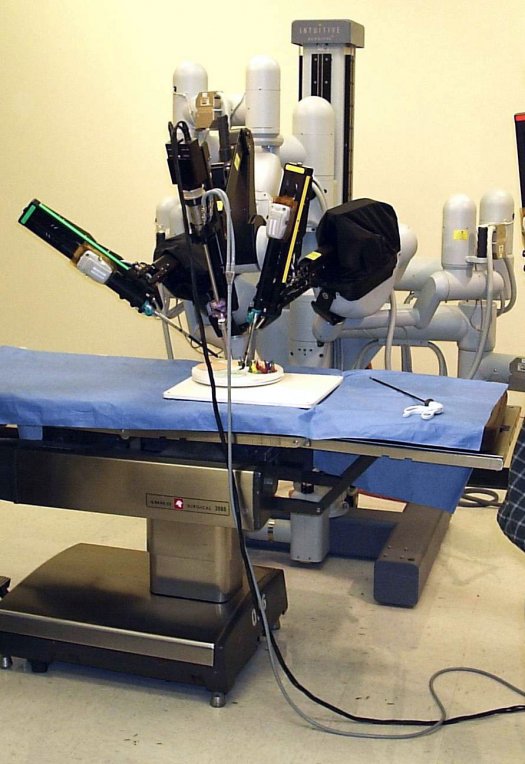Artificial satellites placed in orbits are used for a variety of purposes like communication, GPS, military applications, TV broadcasting, and so on. No matter how much time and money has been spent on building these hi-tech devices, satellites are basically just machines, and constant use can damage any machine. Every year NASA is spending millions of dollars just for the maintenance of these satellites, but they have not found a feasible way to repair a damaged one. Till present, there was only one option left for the researchers –completely blow–off the satellite!!They could not find any other feasible method to repair it. They tried using manpower by sending them directly to the repair site. This turned out to be a bad idea, as they could not adapt themselves to the outer space characteristics.
NASA had to face a lot of criticism for blowing up satellites in outer space. Since a single satellite contains millions of electronic equipments, blowing them off would literally mean the disposal of e- waste all over the outer space. These toxic wastes could bring serious threats to humans by affecting the Earth’s atmosphere in the coming future.
A remotely operated robot could easily do the job but controlling of the robot will be a difficult task. Precise controlling of the robot is necessary, as things are different in outer space.
Engineers at John Hopkins University are known for designing robots for medical purposes. They have created various robots that were used in medical transplants and other complex surgeries. Currently they are working on a project in which a medical surgery robot called da Vinci console is transformed into a robot that can be used for repairing satellites.
A brief description of this robotic surgery project has been presented by two graduate students Tian Xia and Jonathan Bohren from John Hopkins’ Homewood campus . In this demonstration, researchers showed how the da Vinci console, which was used for the treatment of cancer was modified as a satellite-repairing robot. It consists of a 3D eyepiece by which the operator can remotely control the robot. By using the 3D eye piece the user gets a better vision which helps him to repair with ease .
It also includes a touch or haptic feedback to the operator. With the technology the user gets to know the exact amount of force, vibration or motion applied to the machine through computer stimulation.
This robot was successfully tested on 29th November 2011. The modified da Vinci console was used to control an Industrial robot at NASA’s Goddard Space Flight Centre about 30 miles away . This test was successful and researchers concluded that they could use it in space mission too. The most challenging problem is that the satellites are travelling in an orbit and thus, prone to time delay for signal reception. Researchers may have used special algorithms to refine this problem. The robot can also be used for refueling satellites.


1 Comment
can u pls provide ieee format paper 4 this particular topic pls soon……….within a day